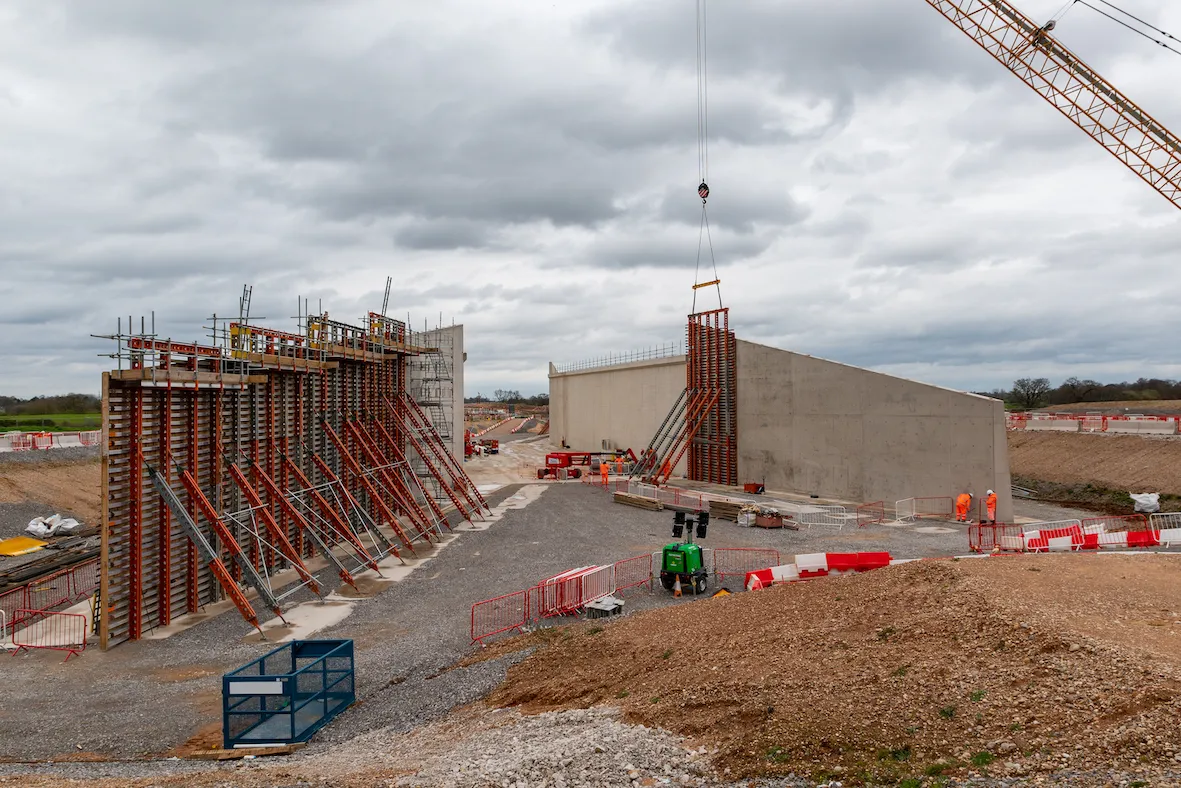Paul Ducker Systems (PDS), a sub-contractor to Balfour Beatty Engineering Services, has appointed Team Simoco to provide communication systems for the new A3 Hindhead road tunnel and the refurbishment of the A1 Hatfield road tunnel.
Specialising in supplying transportation infrastructure for tunnels and road networks, PDS also provides solutions to metro, rail and airport operators, and the Hindhead and Hatfield road tunnels, near London, are the latest contracts to be won by the company.
PDS has selecte
May 15, 2012
Read time: 2 mins

Paul Ducker Systems (PDS), a sub-contractor to 1146 Balfour Beatty Engineering Services, has appointed Team Simoco to provide communication systems for the new A3 Hindhead road tunnel and the refurbishment of the A1 Hatfield road tunnel.
Specialising in supplying transportation infrastructure for tunnels and road networks, PDS also provides solutions to metro, rail and airport operators, and the Hindhead and Hatfield road tunnels, near London, are the latest contracts to be won by the company.
PDS has selected Team Simoco to design and implement an extensive communication system for the tunnels, with each requiring GSM mobile, Airwave, fireground, DAB, voice-break in and a dedicated PMR radio system.
Chief executive of Team Simoco, Ian Carr, says: “Both the Hindhead and Hatfield road tunnels are designed to offer vehicles more convenient and quicker journeys, but due to the high volumes of traffic that travel along these routes, it is imperative that the communication systems in place offer reliable and uninterruptable access in case of accidents or fires.
“Team Simoco has extensive experience of confined space radio engineering, leaky feeder technology and the specific signal propagation challenges of combining multiple radio services in enclosed environments such as tunnels. This expertise enabled us to work with PDS to design the best operational solution for the Hindhead and Hatfield tunnels.”
Located in County Surrey, between London and Portsmouth, the Hindhead twin-bore road tunnel is designed to remove traffic congestion from the A3 and the local road network. Work began on the project in 2007 and the tunnel is scheduled to open to traffic in summer 2011. The Hatfield road tunnel in Hertfordshire is also due to be reopened to traffic in the summer of 2011.
Specialising in supplying transportation infrastructure for tunnels and road networks, PDS also provides solutions to metro, rail and airport operators, and the Hindhead and Hatfield road tunnels, near London, are the latest contracts to be won by the company.
PDS has selected Team Simoco to design and implement an extensive communication system for the tunnels, with each requiring GSM mobile, Airwave, fireground, DAB, voice-break in and a dedicated PMR radio system.
Chief executive of Team Simoco, Ian Carr, says: “Both the Hindhead and Hatfield road tunnels are designed to offer vehicles more convenient and quicker journeys, but due to the high volumes of traffic that travel along these routes, it is imperative that the communication systems in place offer reliable and uninterruptable access in case of accidents or fires.
“Team Simoco has extensive experience of confined space radio engineering, leaky feeder technology and the specific signal propagation challenges of combining multiple radio services in enclosed environments such as tunnels. This expertise enabled us to work with PDS to design the best operational solution for the Hindhead and Hatfield tunnels.”
Located in County Surrey, between London and Portsmouth, the Hindhead twin-bore road tunnel is designed to remove traffic congestion from the A3 and the local road network. Work began on the project in 2007 and the tunnel is scheduled to open to traffic in summer 2011. The Hatfield road tunnel in Hertfordshire is also due to be reopened to traffic in the summer of 2011.







